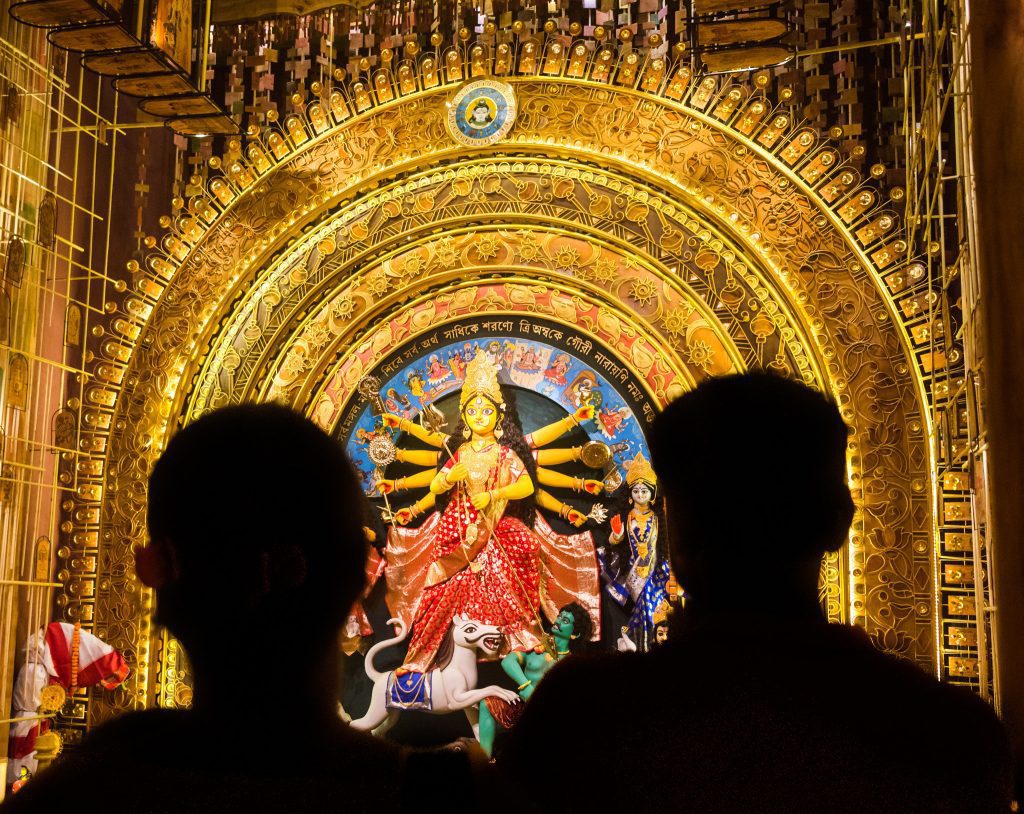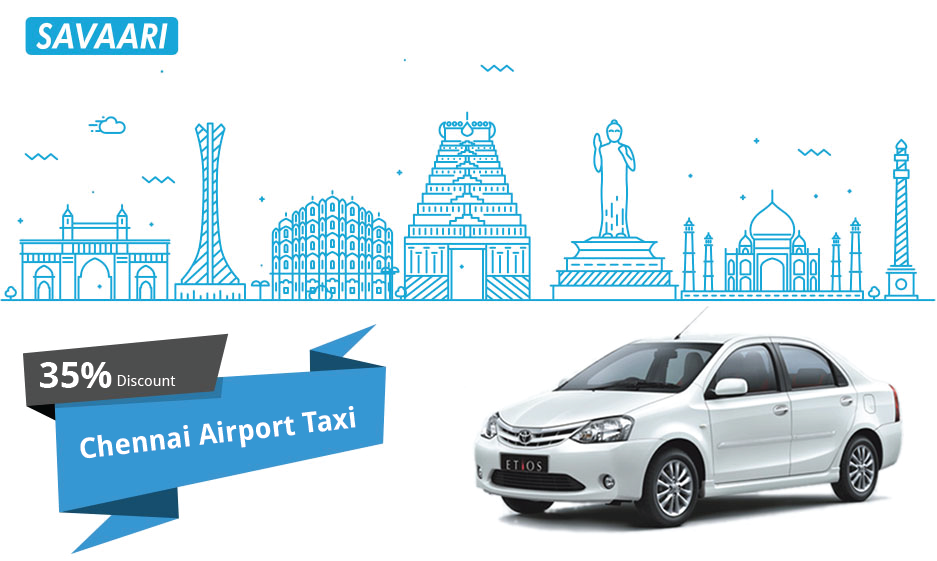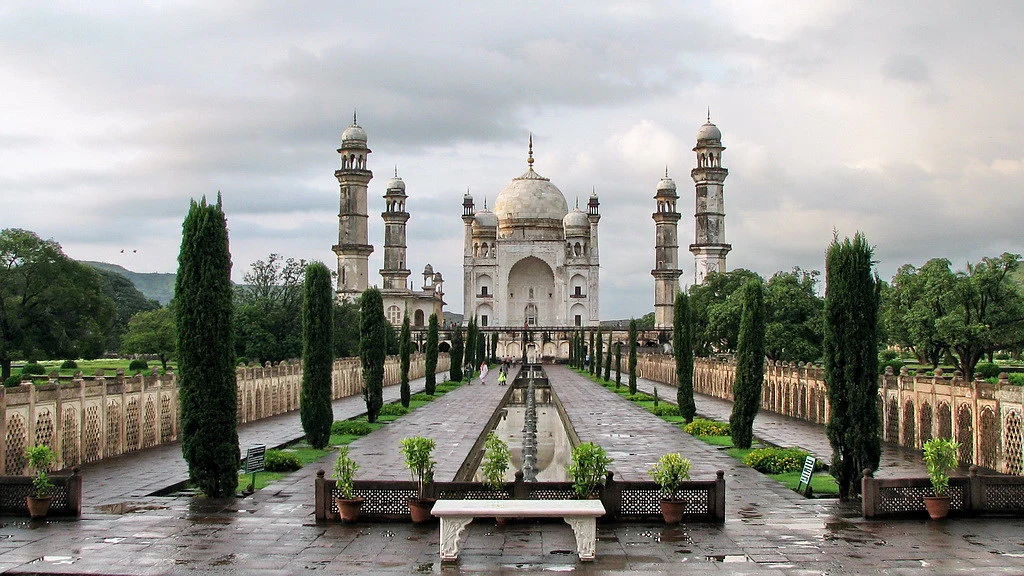Located in the northeastern Indian state of Assam, Kaziranga National Park is famous for its biodiversity. Home to the Great Indian One Horned Rhinoceros, it is a top tourist attraction not only for Indians but also for international tourists.
Exhilarating jeep safaris, elephant safaris, and boat cruises are some of the best things to do in Kaziranga National Park—allowing tourists to interact with the sanctuary’s wildlife against the backdrop of stunning forested lands. With its breathtaking natural beauty, exotic wildlife, and outdoor activities, this national park never disappoints any visitor! Planning a trip to this national park? Book a convenient chauffeur-driven car rental from Guwahati with Savaari today.
Table of Contents
- About Kaziranga National Park
- Things To Do in Kaziranga National Park
- How to Plan a Trip to Kaziranga National Park?
- Hotels and Resorts in Kaziranga National Park
- Best Road Trips from Kaziranga National Park
- Useful Links
About Kaziranga National Park
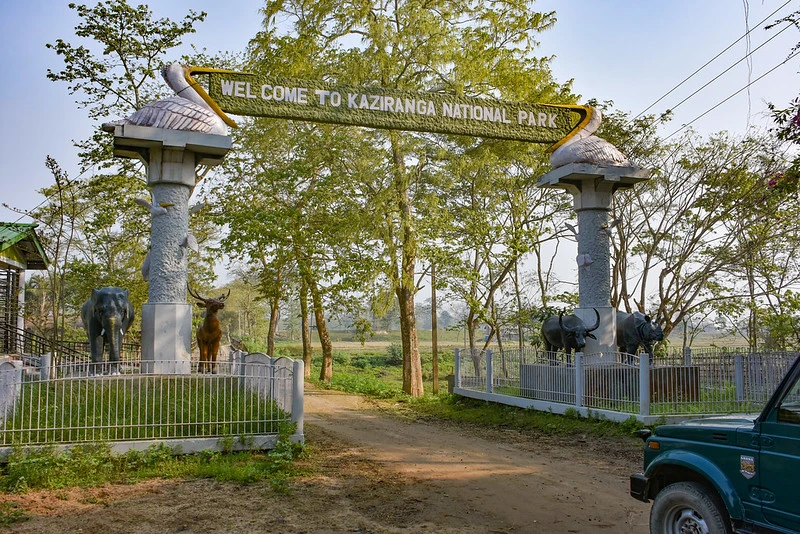
The park is a protected area untouched by the modern world and is a designated UNESCO World Heritage site. When talking about Kaziranga National Park, one has to mention the abundance of flora and fauna, especially the one-horned rhinos.
The park is a thick forest that stretches from the northern bank of the Brahmaputra River to the south, where it meets the Karbi Anglong hills. Inside India, it is one of the best places to see tigers, leopards, wild elephants, buffalo, and wild boars, as well as many smaller animals, like spotted deer, swamp deer, gaur, and sambhar, in their natural habitat.
History of Kaziranga National Park
Located in the districts of Golaghat and Nagaon in the state of Assam, Kaziranga National Park has a history dating back to the early 1900s. In 1904, Baroness Mary Victoria Leiter Curzon, the wife of Viceroy Curzon, visited Kaziranga. Even though the stretch was well-known for having a large population of rhinoceroses at the time, she did not spot any of them during her visit.
However, during the tour, her guide, the renowned Assamese animal tracker Balaram Hazarika, pressed her about the need for wildlife protection in the area. Subsequently, she requested her husband to take action to protect the forest’s species. On November 4, 1904, Viceroy Curzon proposed establishing an ecological reserve in Kaziranga. As a result, the 232 km2 (90 sq mi) Kaziranga Proposed Reserve Forest was established on June 1, 1905.
Kaziranga National Park: Wildlife and Forest
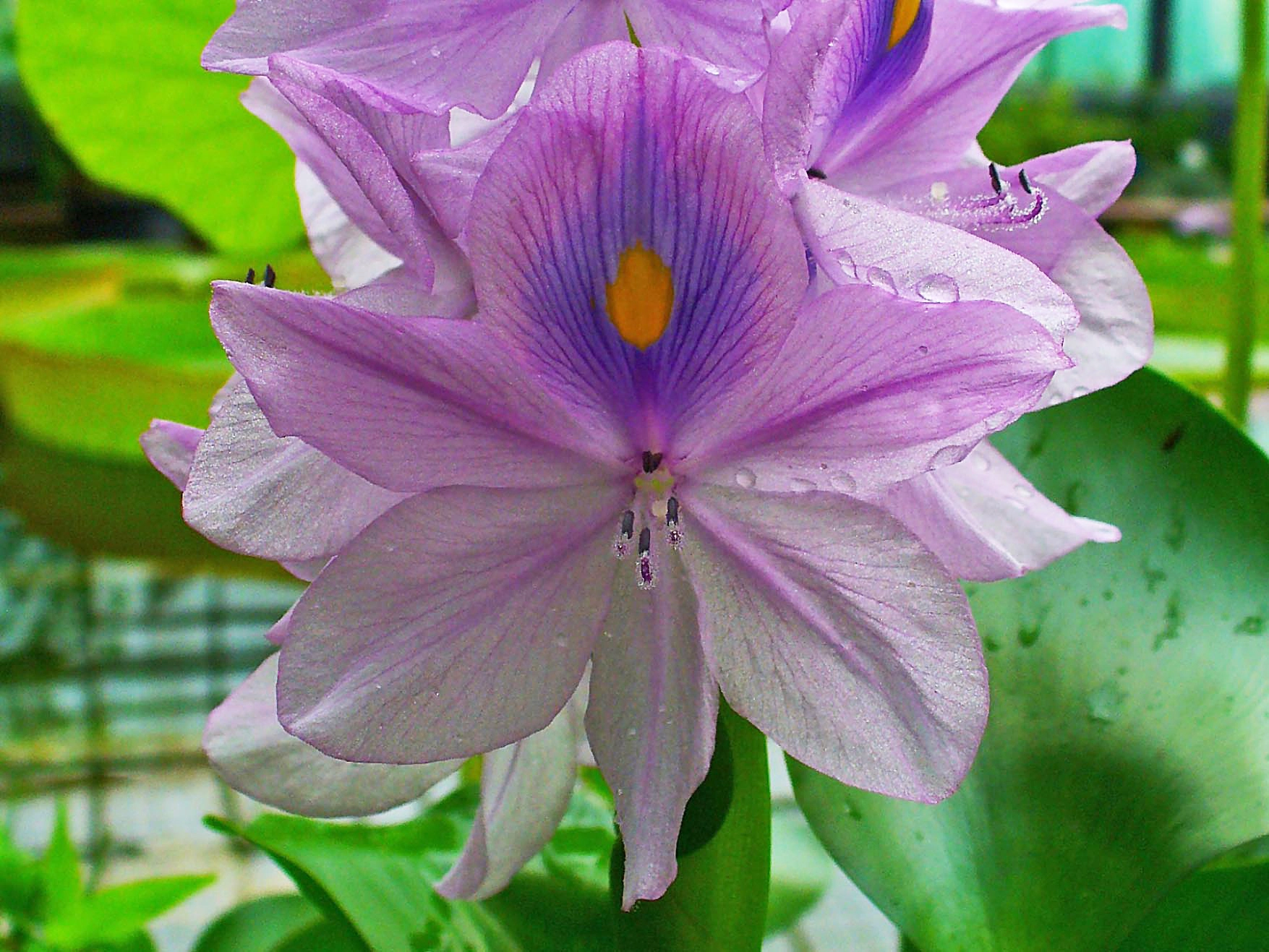
Approximately fifteen of India’s endangered animal species are protected in Kaziranga. In 2006, the government designated Kaziranga as a Tiger Reserve due to the annual rise in its tiger population.
The range of flora and fauna found here is also spectacular. Owing to the park’s different levels of elevation between its eastern and western regions, four primary vegetation types are found here – alluvial savanna woods, tropical moist mixed deciduous forests, tropical semi-evergreen forests, and alluvial flooded grasslands.
Among the well-known trees that can be observed in the park are the elephant apple, cotton tree, and Indian gooseberry, and the lakes, ponds, and banks of rivers are home to a wide diversity of aquatic plants.
Flora in Kaziranga National Park
- Elephant Apple (Dillenia indica)
- Cotton (Bombax ceiba)
- Sissoo (Dalbergia sissoo)
- Water hyacinth (Eichhornia crassipes)
- Khair (Acacia catechu)
- Indian Gooseberry (Phyllanthus emblica)
Fauna in Kaziranga National Park
- Indian Elephants
- Wild Buffaloes
- Indian One-horned Rhinos
- Tigers
- Leopards
- Swamp Deers
- Central Asian Migratory birds
Lesser-Known Facts about Kaziranga National Park
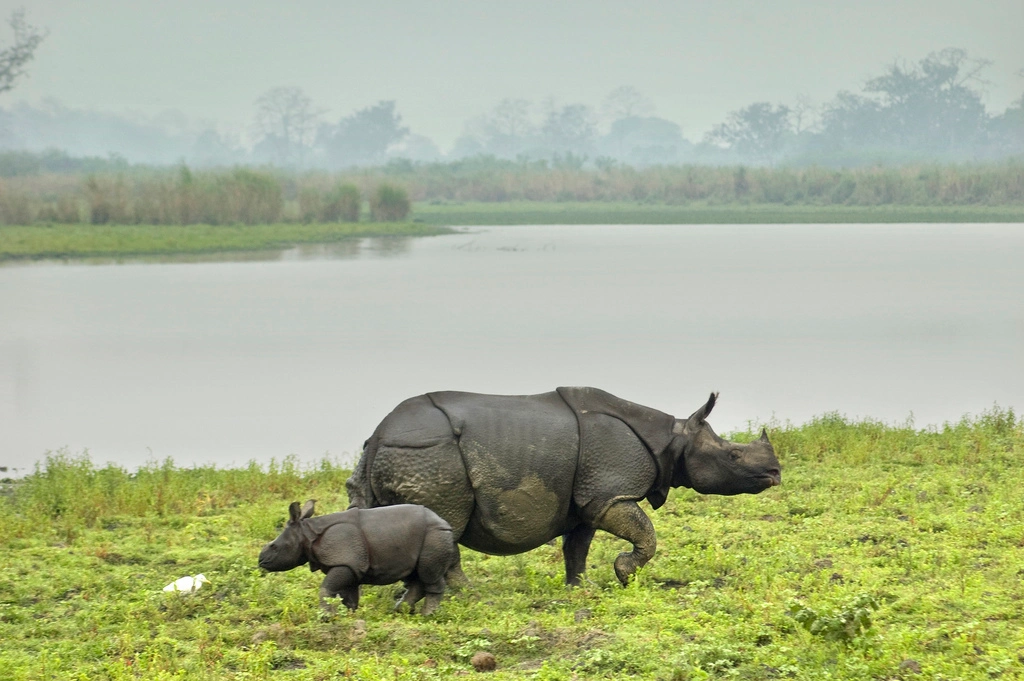
- Kaziranga National Park is home to the renowned one-horned rhinoceros, and nearly two-thirds of the world’s rhinoceros are found here.
- Locals refer to the area as the “The Land of Red Goats,” a moniker that led to the area’s name, “Kaziranga.”
- It is the only location where Eastern Swamp Deer, commonly referred to in India as Barasingha, may be found.
- In 2006, the Government of India designated this national park as a tiger reserve due to the annual rise in its tiger population. In fact, tourists can also watch wild Royal Bengal Tigers up close—an extra perk that no other national park offers outside of Bengal.
- The park is a natural space for birding, as numerous uncommon migratory bird species stop here during their journey.
- Approximately fifteen percent of India’s endangered animal species are protected in this national park.
Reasons to Visit Kaziranga National Park
- Tourists can take a jeep safari or elephant safari to venture deep into the park and observe the animals in the open.
- The number of one-horned rhinoceros here has grown because of the security the park provides, and now you may easily see these magnificent animals roaming across the hills and meadows lazily.
- Tourists can also watch Bengal tigers here, an extra perk that no other national park offers outside of Bengal.
- The park’s diversified ecology includes grasslands, marshes, and tropical woods, which are home to a variety of rare plants.
Things To Do in Kaziranga National Park
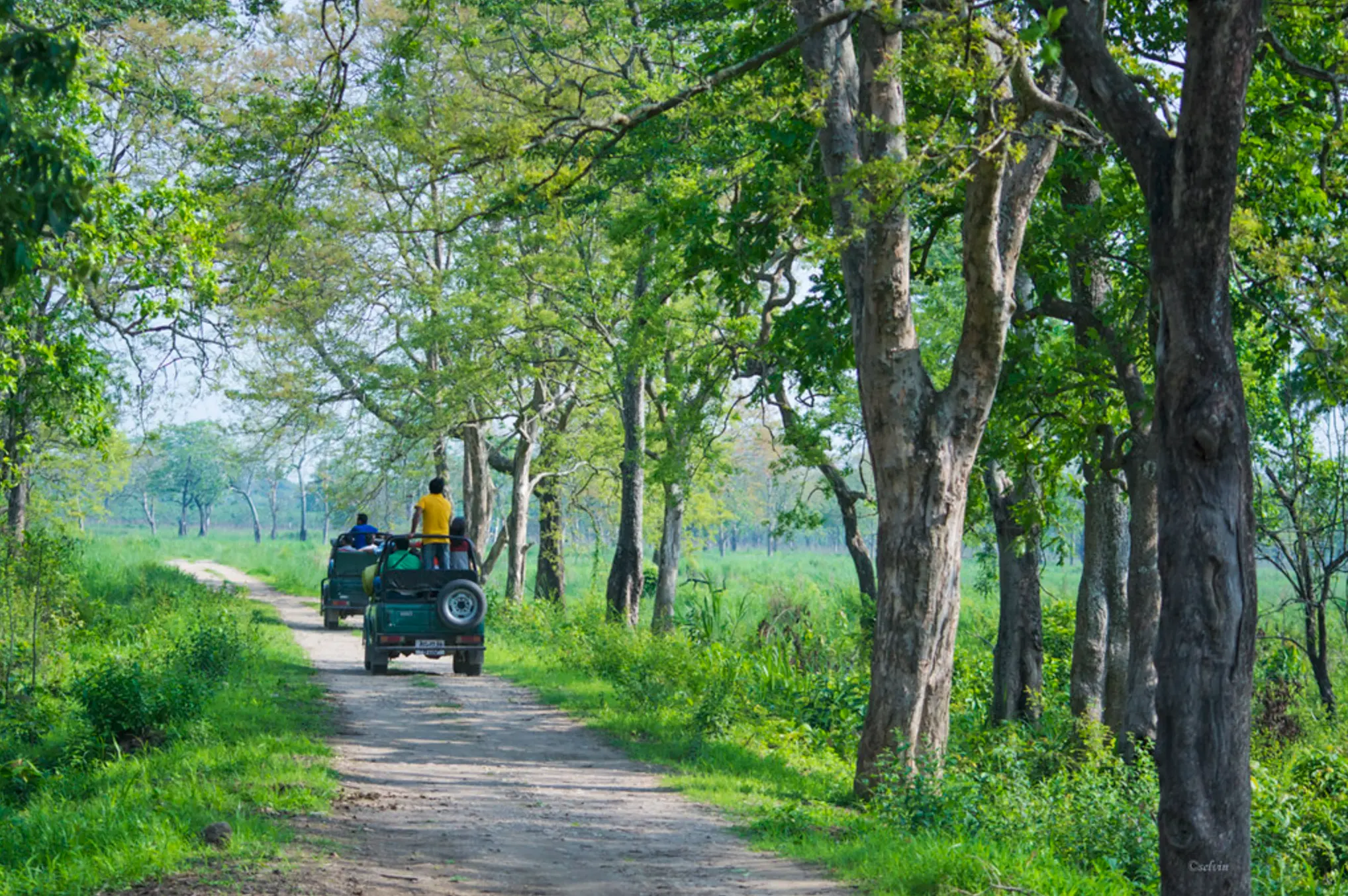
There are numerous things to do in Kaziranga National Park:
- Jungle Safaris: Taking a jeep or an elephant safari is one of the best things to do here. You can also opt for a river cruise after the safari. You can also select the extravagant photography tour if you are a passionate wildlife photographer. The rides offer an opportunity to see exotic creatures in their natural habitat and explore the huge terrain. Visitors can venture into the core zones, guided by expert guides and forest guards. One can even book multiple safaris on the same day if they want.
- Timings: 7:00 AM–4:00 PM
- Entry Fees: INR 100 for Indians; INR 650 for Foreign Visitors
- Safari Costs: INR 1,250–7,100 per Group Safari Trip; INR 1000 for River Cruise
- Photography Charges: INR 100–1000, Depending on Still and Movie Cameras
- Open Days: Everyday
- Bird-watching: Due to the Brahmaputra River’s shared boundary, tourists are delighted by the variety of bird species that visit this national park every year. All tourists are allowed to take pictures and spend as much time as they want bird-watching.
- Forest Camping: You can also opt to live at the Nature Hunt Eco Camp inside the national park. Choose from traditional Assamese huts and luxury bamboo cottages to affordable dormitories. This gives you easy access to hiking and trekking trails through forests and tribal villages. Guests are also lavishly treated to local cuisine, folk dance and music performances, and tours of orchid houses.
- Cost of Accommodation: INR 3,500–5,600
[Also Read: Things to do in Gir Forest National Park]
Things to Do Around Kaziranga National Park
People take safaris to reach the different places to visit in Kaziranga National Park, but you can also arrange for a day’s outing to the nearby areas. After all, if you are in Kaziranga, why not explore the entire area to make your memories sweeter?
The Kakochang Waterfalls
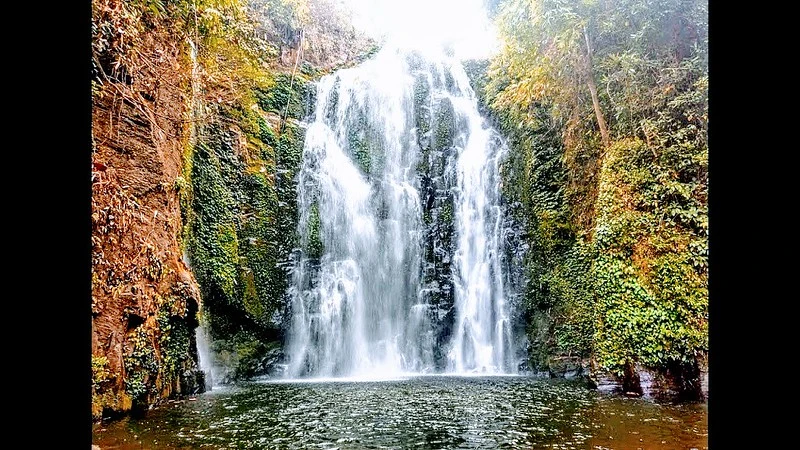
Situated about fourteen kilometers away from the national park, the Kakochang Waterfalls captivate visitors with its contrasting beauty and atmosphere. You should take a break from the jungle safaris to see the waterfalls and appreciate the abundance of the natural surroundings. Take a whole day to just relax alone near the falls, or go for a picnic with your friends and family.
- Timings: 6:00 AM–5:00 PM
- Entry Fees: Nil
- Open Days: Everyday
Tea Gardens
The national park is perfect for growing tea, and people have been doing exactly that for generations. The famous Methoni, Hathkhuli, and Behora Tea Gardens are a must-see. When you visit Kaziranga, you can spend some time unwinding in the peace and quiet of these tea gardens.
- Timings: No Fixed Timings
- Entry Fees: Nil
- Open Days: Everyday
Panbari Reserve Forest
Next to the national park, Panbari Reserve Forest lies in the Golaghat district and is home to numerous unique species, such as the Great Indian Hornbill and the Crested Goshawk. Within the forest, there are numerous hidden gems that tourists may access with the assistance of forest guards and guides.
- Timings: 6:00 AM–4:00 PM
- Entry Fees: Nil, but Safaris cost INR 2,000 (Approx.)
- Open Days: Everyday
Deoparbat Ruins
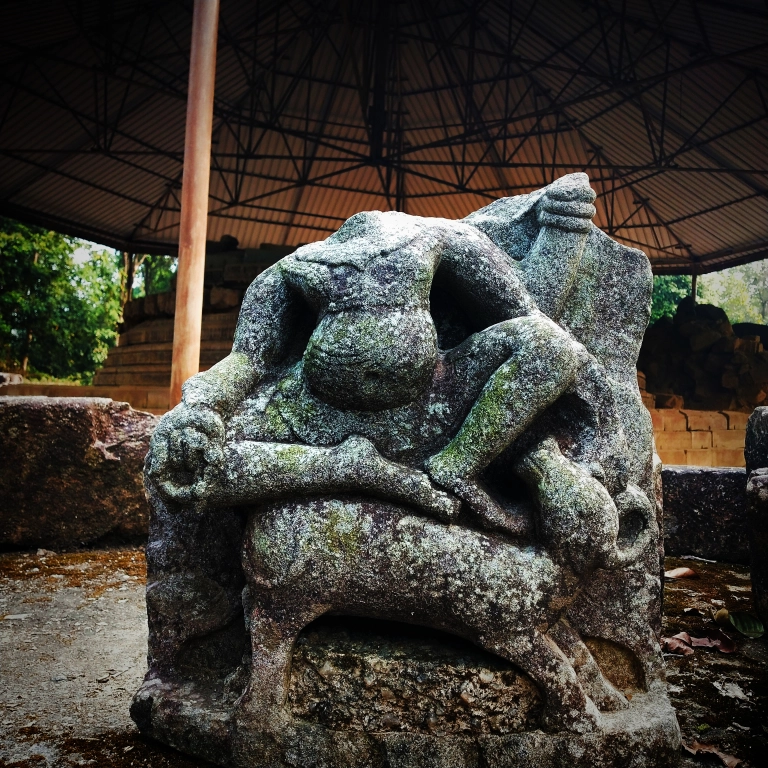
The Deoparbat Ruins are situated in the Golaghat District, only five kilometers from Numaligarh and next to Kaziranga National Park. The Deoparbat Ruins, also called the Deopahar (two hills), are well-known for the ancient ruins on the top of the hill. The ruins are of an old temple and old, shattered sculptures.
- Timings: Till 4:00 PM
- Entry Fees: Nil, but Historical Tours have their Fees
- Open Days: Everyday
Hoollongapar Gibbon Sanctuary
Located in the Jorhat district of Assam, India, the Hoollongapar Gibbon Sanctuary was renamed in 2004 from its previous name, the Gibbon Wildlife Sanctuary or Hollongapar Reserve Forest. The sanctuary is a secluded and protected area of evergreen forest. The site’s remarkable biodiversity was created in the early 1900s when a forest was developed through artificial regeneration. The Hollong tree dominates the forest’s top canopy, the Nahar dominates its middle canopy, and shrubs and plants make up the lower canopy.
- Timings: Till 4:00 PM
- Entry Fees: INR 30 per Child; INR 50 per Adult
- Photography Charges: INR 500
- Open Days: Everyday
How to Plan a Trip to Kaziranga National Park?
To plan a trip to this national park, start by choosing the best time to visit (typically November to April) to avoid the monsoon season. Book accommodations in advance at the park’s camp or lodges and hotels near the park.
Arrange for a jeep safari or elephant safari through reputable tour operators to explore the park’s diverse wildlife. Ensure you have the necessary permits and a good guide for an informative experience. Lastly, pack essentials like binoculars, comfortable clothing, and insect repellent for a safe and enjoyable trip.
How to Reach Kaziranga National Park?
Several modes of transportation can indirectly reach the Kaziranga National Park:
By Train
Furkating, the closest train station to the park, is 75 kilometers away and connected to major hubs like Guwahati, Kolkata, and New Delhi. Alternatively, you can use Jorhat (90 kilometers away) or Guwahati (240 kilometers away) stations. From these stations, take a bus or taxi to your hotel. You can book a cab from Guwahati to Kaziranga National Park with Savaari, traveling comfortably in chauffeur-driven cabs.
By Road
The main entrance to Kaziranga Park is in Kohora, accessible from major Assamese cities like Guwahati, Tezpur, and Jorhat via state or private buses and mini-buses. Kohora is on National Highway NH 37. For a convenient travel experience, book a taxi service in Tezpur with Savaari and reach the national park at your own pace.
By Flight
Guwahati International Airport (217 kilometers away) and Jorhat Airport (97 kilometers away) are the closest airports. You can hire an airport taxi in Guwahati to the park or your hotel or take a bus from the Paltan Bazaar terminal, 23 kilometers from the airport.
Best Time to Visit Kaziranga National Park
Kaziranga has a tropical environment, making early summers and peak winters ideal times to visit. However, the park is closed from May 1 to October 31 due to monsoon flooding by the Brahmaputra River.
The early summers, with temperatures ranging from 7°C to 37°C, are the best time to visit Kaziranga National Park for budget travelers with fewer tourists and significant travel discounts. Peak winters (between November and February), with temperatures ranging from 5°C to 25°C, bring pleasant, dry weather perfect for exploring the park and bird-watching.
Travel Tips for Visiting Kaziranga National Park
Keep in mind the following travel tips for visiting Kaziranga National Park:
- Entry Permits: Obtain a permit online from the official website.
- Suitable Clothing: Wear loose-fitting, neutral-colored clothing to avoid startling the animals.
- Book Safaris: Reserve elephant or jeep safaris in advance to ensure availability.
- Bring Necessities: Carry a water bottle, hat, sunglasses, sunscreen, and bug repellent.
- Camera Fees: Be prepared to pay camera fees; check the park’s website for current rates.
- Charging Cameras: Ensure your camera is fully charged, and bring extra batteries or a portable charger.
- Obey Guides: Follow all instructions given by your travel guide for a safe and respectful visit.
Kaziranga National Park Safari Timings and Entry Fee
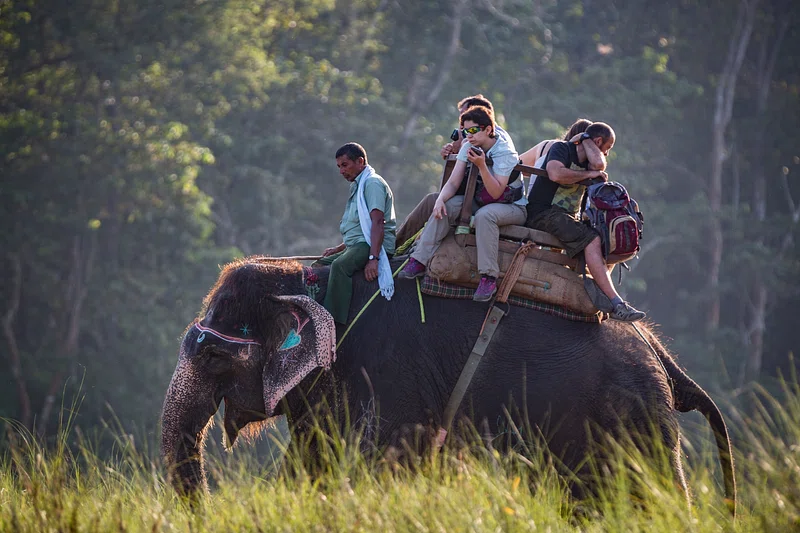
You can book elephant and jeep safaris to enjoy the park. There are multiple time slots for the Kaziranga safari booking, and visitors can book as many safaris as they want until all slots are reserved.
- For elephant safaris, the park has specific paths that pass through particular areas where frequent animal encounters occur. The routes are thoughtfully designed to minimize disruption to the animals’ natural habitats, and tourists should remain quiet during the journey.
Kaziranga safari booking charges for elephant safaris are INR 1500 per person. There are two time slots for Elephant Safari in Bagori, Western Range – 5-6 AM and 6-7 AM.
- For jeep safaris, tours across several zones are available for booking, and all safari tours are led by qualified wildlife specialists.
Two time slots, 07:15 AM—9:45 AM and 01:15 PM—2:45 PM, are available for the Kaziranga Range, Western Range, Eastern Range, and Burapahar Range. The charges for one jeep (four seats) are INR 4000.
Hotels and Resorts in Kaziranga National Park
Several accommodations are available here, including hotels and resorts, to suit various budgets and preferences. From luxury retreats to budget-friendly lodges, there’s something for everyone looking to explore the park in comfort.
Consider the following list of hotels and resorts in Kaziranga National Park and surrounding areas to plan your trip during and off seasons:
| Accommodations | Address |
| Kaziranga Eco Camp | H N C Road Near Diring Chariali 785609, India. |
| Tulda Bambusa Resort | Kaziranga, Kaziranga National Park, Bochagaon, Mohpara, Assam 785609 |
| Habitas Rhino By Nature Hunt | Diring Tea Estate, Kaziranga, Sepenakubua, Village, Kohora, Assam 785609 |
| Finn’s Weaver Resort | Bosa Gaon IB, Opposite Kako Gokhani Than, Kaziranga, 785609 Kaziranga, India |
| Green Reed Resort By Meenakshi, Kaziranga | Kaziranga National Park, National Highway 37, Kohora, Assam 785609 |
| The Heritage Resort | Chepena Kobua, Kohora Kaziranga National Park, Kohora, Assam 785609 |
| Landmark Woods | NH 37, Kanchanjurie, Kaziranga, Kaziranga, Assam 782136 |
| Diphlu River Lodge | Kaziranga National Park Near Bagori Police Outpost, Kuthari, Assam 782136 |
Best Road Trips from Kaziranga National Park
If you plan to explore the other tourist spots nearby, you’ll be happy to know that the Kaziranga National Park is near some of the best hill stations. Here are some of the highest-rated road trips you can go on:
| Destination | Distance by Road (Approx.) |
| Kaziranga National Park to Guwahati | 162 Km |
| Kaziranga National Park to Siliguri | 625 Km |
| Kaziranga National Park to Tezpur | 32 Km |
| Kaziranga National Park to Tawang | 350 Km |
| Kaziranga National Park to Shillong | 225 Km |
Kaziranga National Park offers a plethora of activities for nature and wildlife enthusiasts, from thrilling safaris and bird watching to exploring lush landscapes and local culture. Download the Savaari app today and book car rentals to reach the sanctuary hassle-free from the major transportation points. Whether you’re seeking adventure or tranquility, the park provides an unforgettable experience.
Useful Links
- Safari rates and timings of Kaziranga National Park
- Official website of the national park
- Assam’s Kaziranga National Park records 27% increase in waterbirds
Last Updated on August 19, 2024 by Shabari Shankar




